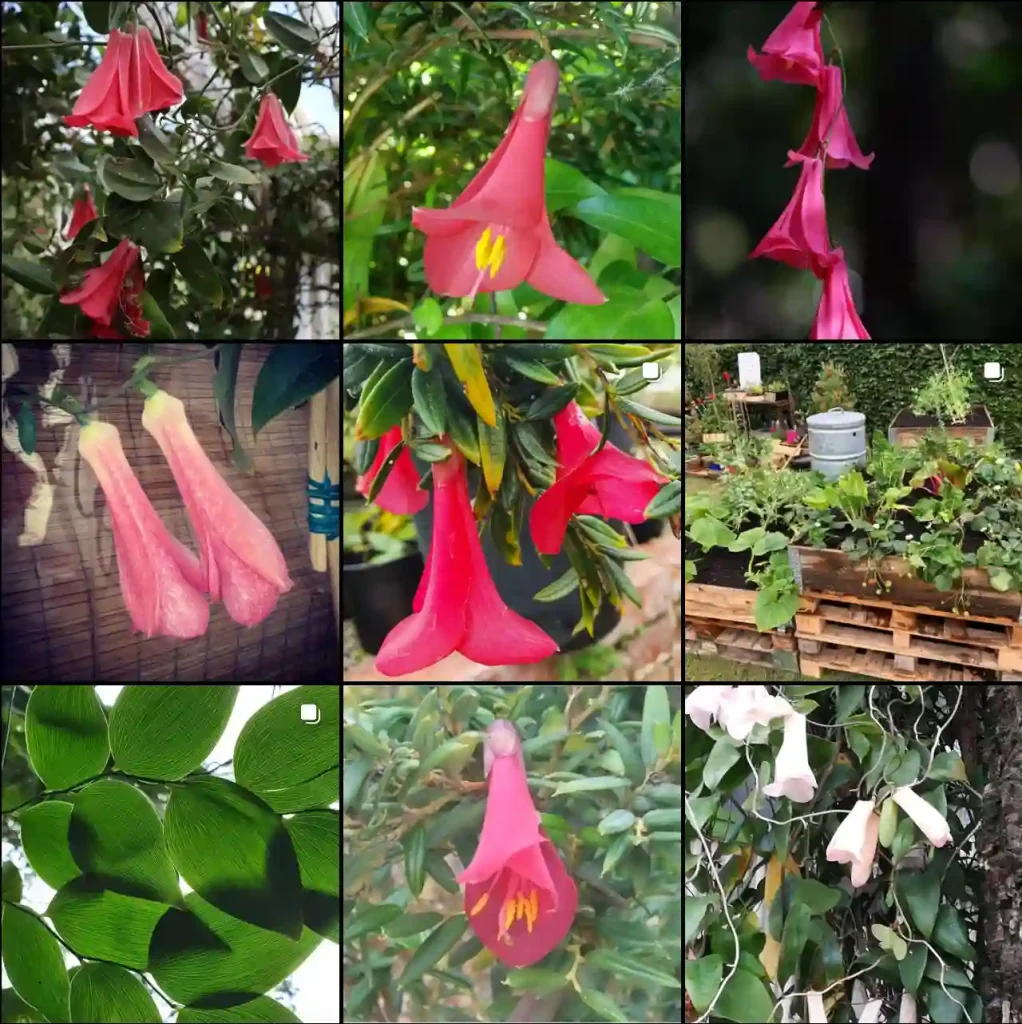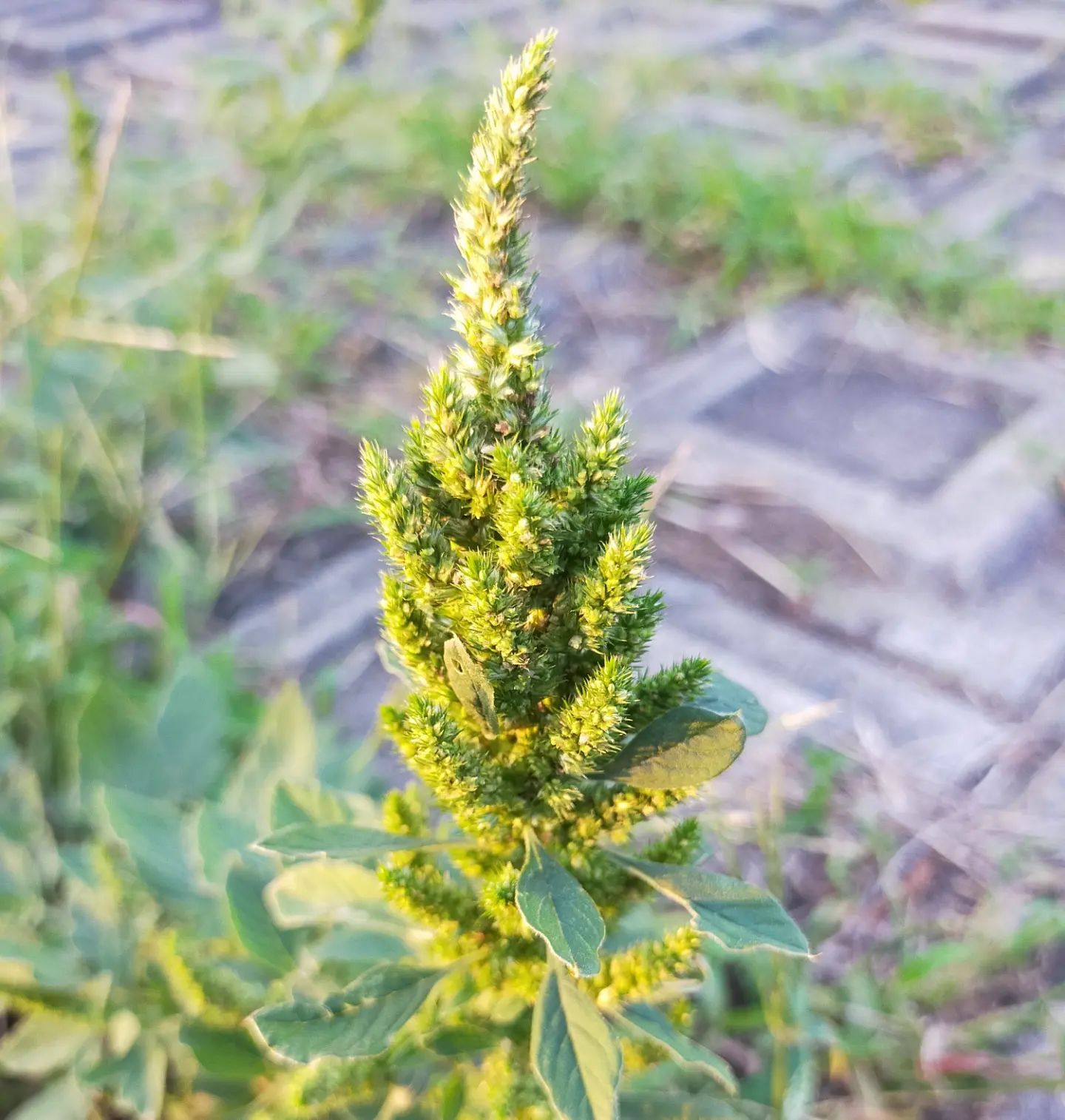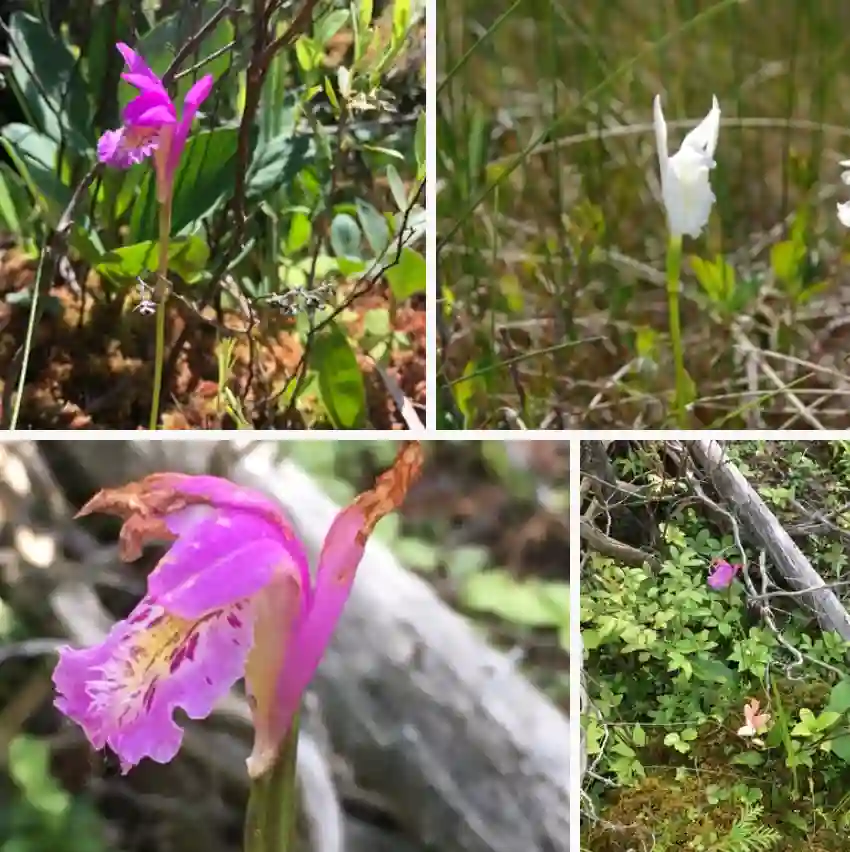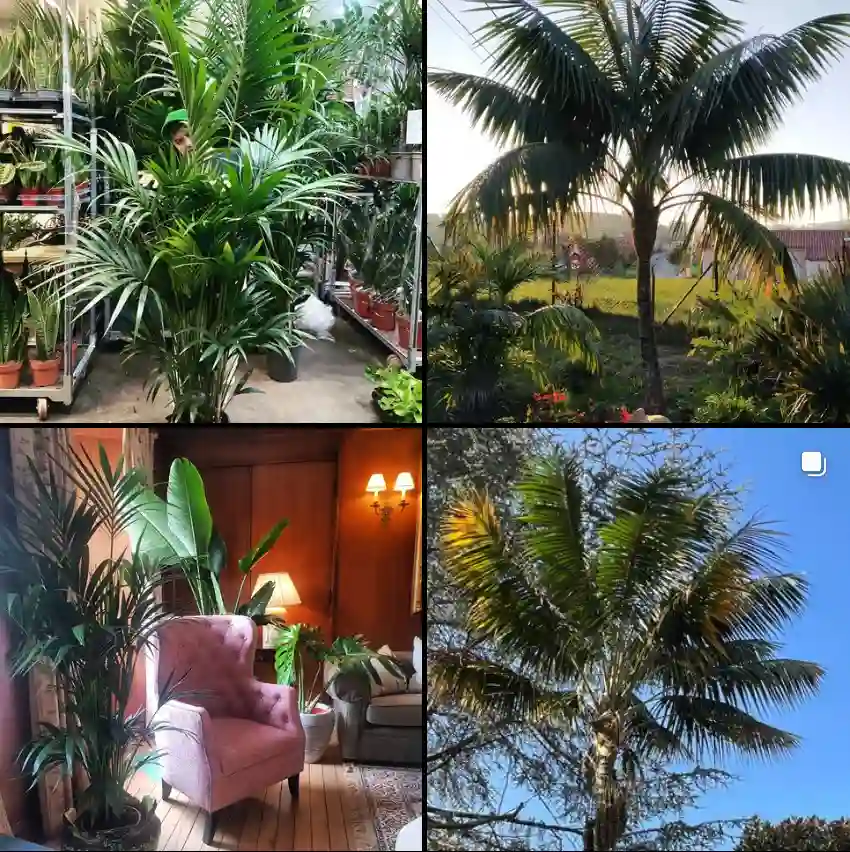What Is McKay’s White Potentilla?
McKay’s White Potentilla, scientifically known as Potentilla fruticosa ‘McKay’s White’, is a beautiful shrub valued for its stunning white blooms and hardy nature. This variety of Potentilla is recognized for its consistent flowering, even in less-than-ideal conditions. Its compact size and low maintenance make it a popular choice for gardeners looking to add a touch of elegance to their landscapes.
557 Species in Genus Potentilla – Cinquefoil
How to Care for McKay’s White Potentilla?
Caring for McKay’s White Potentilla is relatively straightforward. Here’s what you need to know:
- Sunlight: This shrub thrives in full sun to partial shade. Ideally, it should get at least six hours of sunlight each day. However, it can tolerate some shade, especially in hotter climates.
- Soil: It prefers well-drained soil. While McKay’s White Potentilla is adaptable to various soil types, it does best in soil that is slightly acidic to neutral. Avoid heavy clay or waterlogged soils.
- Watering: Once established, this plant is quite drought-tolerant. Regular watering during dry periods helps, but it’s essential to avoid overwatering. Allow the soil to dry out between waterings to prevent root rot.
- Fertilizing: Fertilize McKay’s White Potentilla in early spring with a balanced, all-purpose fertilizer. Follow the manufacturer’s instructions for the correct amount and application frequency.
- Pruning: Prune the shrub in late winter or early spring before new growth begins. This will help maintain its shape and encourage more blooms. Remove any dead or damaged branches and cut back the previous year’s growth to promote a dense, bushy appearance.
How to Propagate McKay’s White Potentilla?
Propagating McKay’s White Potentilla can be done through several methods:
- Cuttings: Take softwood cuttings in late spring or early summer. Ensure each cutting has a few leaves and at least one node. Dip the cut end in rooting hormone and plant it in a pot with a mix of sand and peat. Keep the cuttings moist and in a shaded area until they develop roots.
- Seeds: You can also propagate from seeds. Start seeds indoors in late winter or early spring. Sow them in seed trays with a seed-starting mix. Keep the trays in a warm, well-lit area. Transplant the seedlings outdoors once they are strong enough and after the risk of frost has passed.
What to Plant with McKay’s White Potentilla?
McKay’s White Potentilla pairs well with a variety of plants to create a beautiful garden display:
- Perennials: Combine it with perennial flowers like Echinacea, Salvia, and Gaillardia for a vibrant, long-lasting garden.
- Grasses: Ornamental grasses like Blue Fescue or Feather Reed Grass can add texture and contrast to the shrub’s foliage and blooms.
- Shrubs: Companion shrubs such as Spirea or Hydrangea can complement McKay’s White Potentilla and provide a layered, colorful effect.
Benefits of McKay’s White Potentilla
- Low Maintenance: McKay’s White Potentilla is easy to care for and requires minimal attention once established.
- Long Blooming Period: It produces white flowers from late spring through fall, adding extended visual interest to your garden.
- Versatility: Its adaptability to different soil types and conditions makes it a versatile choice for various landscaping needs.
- Attracts Pollinators: The blooms attract bees and butterflies, supporting local pollinator populations.
Is McKay’s White Potentilla Toxic?
McKay’s White Potentilla is non-toxic to humans and pets. It’s a safe choice for gardens where children and animals are present.
Common Problems with McKay’s White Potentilla
While McKay’s White Potentilla is generally hardy, there are a few issues to watch out for:
- Pest Issues: Occasionally, it can be susceptible to pests like aphids or spider mites. Regular inspection and prompt treatment with appropriate insecticides or organic methods can manage these pests.
- Diseases: Root rot can occur in poorly drained soils. Ensure good soil drainage and avoid overwatering to prevent this problem.
Compare with Other Similar Shrubs
When comparing McKay’s White Potentilla with other similar shrubs, consider the following:
- Potentilla ‘Abbotswood’: While similar in growth habit and flower color, ‘Abbotswood’ tends to have a more open form and slightly larger blooms.
- Spirea: Spirea varieties like ‘Snowmound’ also offer white blooms but can be less drought-tolerant than McKay’s White Potentilla.
- Hydrangea: Hydrangeas, such as ‘Annabelle’, provide larger blooms but require more water and can be less hardy in colder climates compared to McKay’s White Potentilla.
McKay’s White Potentilla stands out for its resilience and ease of care, making it a valuable addition to any garden. With proper care, it will thrive and provide beautiful, long-lasting blooms for years to come.
If i die, water my plants!



